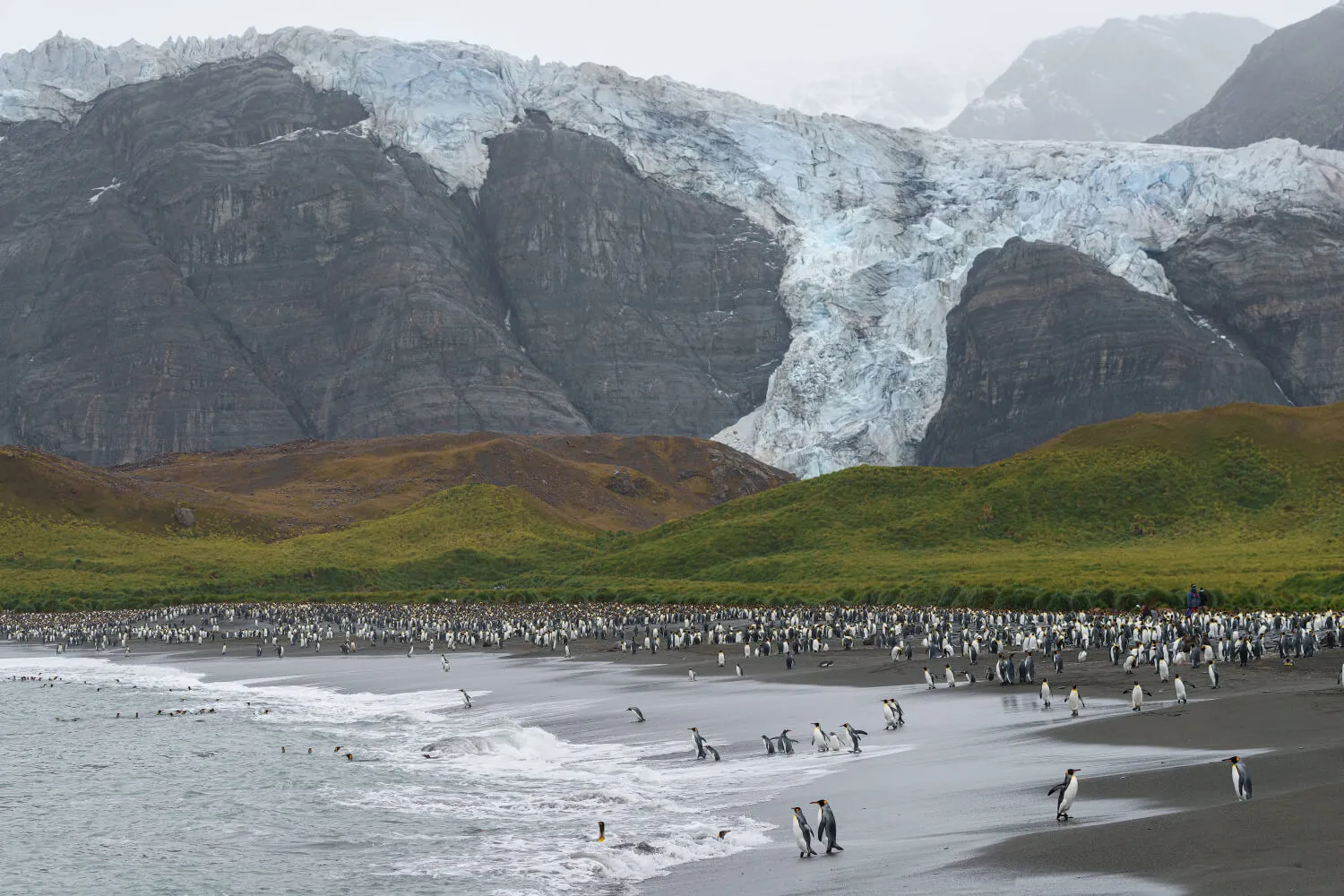

In one of the southernmost regions of the world, Antarctica21 guests can find a land of extremes. Covering nearly the entire southern portion of mainland Argentina and Chile and extending south to the Strait of Magellan and Tierra del Fuego, Patagonia offers a vast landscape full of awe-inspiring formations. On our latest Sea Voyage that will set sail for the first time in September 2024, you can now have the opportunity to see this region unlike ever before.From the comfort of our most modern vessel, the boutique Magellan Explorer, you can embark on a nine-day wilderness experience departing from Puerto Montt, Chile. You’ll spend your days navigating through Southern Chile, including stops at the Southern Patagonia Ice Field, the world's second-largest contiguous extra polar ice field, and the San Rafael Glacier, one of the largest glaciers in the Northern Patagonian Ice Field.

During this expedition, wildlife viewing opportunities abound and differ from what you could see on a voyage to Antarctica. Keep reading to learn about some species you could see on your trip!
Blue Whales
According to National Geographic, this baleen whale is the largest animal to have ever existed, both on land and in the sea. Its heart alone can weigh as much as an automobile, with some reaching nearly 200 tons in size. Most commonly viewed in the Corcovado Gulf during sunny hours, Blue Whales venture to Patagonia for the austral spring and summer to almost exclusively feed on the area's abundant krill.
Chilean Dolphins
Often viewed on Zodiac cruises through the protected fjords of Chilean Patagonia between Puerto Montt and Punta Arenas, Chilean dolphins are one of the world’s smallest species of dolphins. Regarded as one of the most beautiful of its kind, Chilean dolphins are shaded in a kaleidoscope of tones, from their mostly gray bodies to a deep blue-and-black band that extends to their flippers. Mostly seen in pods of two up to 15, these creatures feast primarily on fish like sardines and salmon, as well as squid and crustaceans.
Black-Browed Albatrosses
These massive seabirds are often spotted in Chilean Patagonia, as the fjords of the area are where they go to forage during the latter half of the Austral summer. Quite the opportunistic feeders, the black-browed albatross mainly skims the water’s surface to source fish near the surface. If needed, they can also dive to nearly 16 feet in depth for a meal. They can be spotted thanks to their white, grey, and black plumages and can often travel long distances.

South American Sea Lions
Similar to fur seals, these carnivorous creatures can also be spotted along the Chilean coastline. Sea lions are distinguishable from fur seals: they are much larger, have longer snouts, their flippers are bigger, and their eyes are farther back on their heads than fur seals. These sea lions tend to breed on both smooth and rocky beaches and mostly feed on fish, squid, and octopus.
South American Fur Seals
Populations of this furry creature are often spotted along the coastlines of Chilean Patagonia, around Cape Horn, and in the Falkland Islands. South American fur seals can be spotted by their dark grey and brown coats and tend to gather in colonies along rocky shores, especially where there are steep slopes or cliffs, and they spend the majority of their days heading to sea to feed.

Related Articles
Experience the Extraordinary
From dramatic landscapes to close wildlife encounters, every journey to the White Continent is unique. Let's start planning yours together.
















